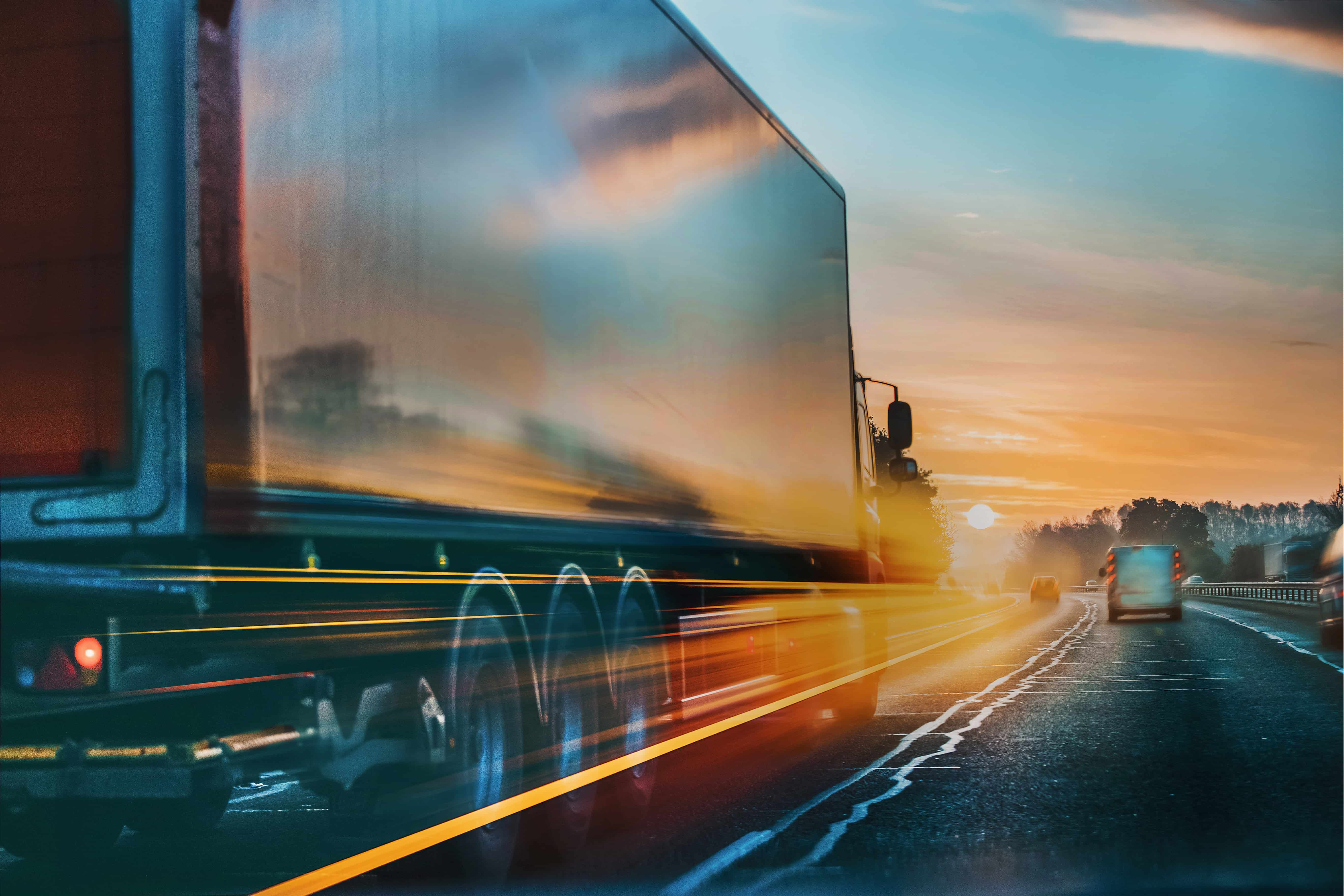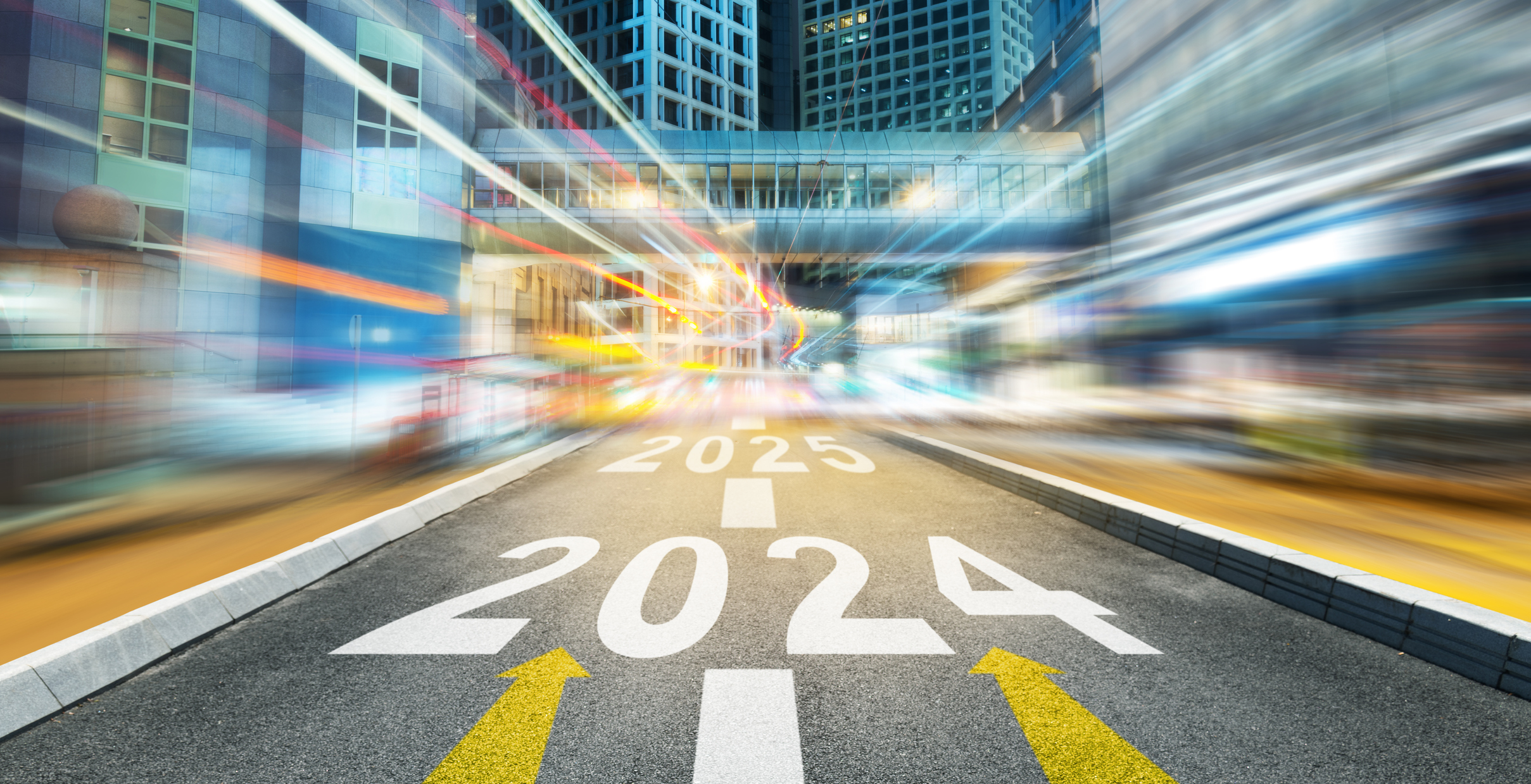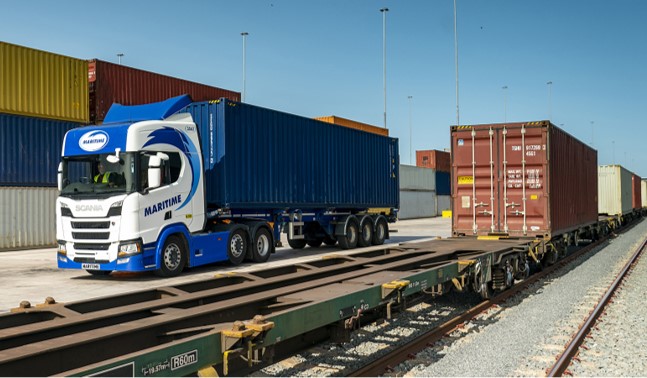In 2021, heavy goods vehicles (HGVs) accounted for a fifth of the UK's transport carbon emissions [1]. This significant contribution has thrust the haulage sector into the spotlight, with the government and stakeholders alike pushing for greener solutions. The Department for Transport (DfT) has set ambitious targets, including the removal of diesel-only trains and a ban on all internal combustion HGVs by 2040. However, the path to net zero by 2050 is fraught with challenges, especially given the current limitations of green technologies for HGVs.
The Hurdles for Hydrogen and Electric HGVs
While HGVs are a mainstay of UK logistics, the green infrastructure and policies to support them are lagging. Hydrogen, despite its potential, is hampered by issues related to its production, transport, and storage. Electric HGVs, on the other hand, are grappling with challenges like inadequate charging infrastructure, battery concerns, and financial barriers.
The reality is that neither hydrogen nor electric solutions are likely to be widely adopted before 2035.
Immediate Solutions: Cutting Down Road Miles
With road traffic set to increase by 22% by 2035 [2], the logistics sector needs to act swiftly. One immediate solution is to reduce the number of trucks on the road. This can be achieved by optimising pallet and vehicle fill, minimising empty runs, and shifting more freight to rail. The Centre for Sustainable Road Freight estimates that better fleet utilisation alone can cut emissions by up to 50% [3].
Three Core Strategies:
- Optimising Pallet & Vehicle Fill: The current trend of frequent, small deliveries, especially for slow-moving products, is inefficient. By aligning order patterns with demand, the industry can reduce road miles, cut emissions, and save costs.
- Reducing Empty Running: Current practices result in trucks often running empty. DfT data reveals a staggering one in three lorries run empty, amounting to billions of empty miles annually. There's a clear opportunity for suppliers to consolidate loads and minimise these empty runs.
- Shifting to Rail: Rail transport is a greener alternative, emitting just a fraction of HGVs' emissions. Despite the UK's current limited electrification of rail freight, shifting to rail offers a tangible way to cut emissions. For instance, Maritime, a key player in the Decarbonising Logistics Workgroup, has cut its CO2 emissions by 49% by moving 20% of its container movements to rail.
The Power of Collaborative Action
Waiting for future technological solutions to advance is no longer an option when we have existing, viable opportunities available now that can radically decrease emissions. The key to sustainable freight lies in the hands of the operators and can only be fully realised through a collective action.
In collaboration with Maritime Intermodal, our objective is to establish operational alliances by exchanging knowledge and best practices to unlock large scale decarbonisation opportunities.
To find out more please get in touch at hello@simply-sc.com
Join our upcoming event...
Sustainability Today: Reducing the Carbon Footprint of the Logistics Sector
Our kick-off event is taking place on Wednesday 27th September at East Midlands Gateway with 25 operators already registered to join the session. We are keen to hear from suppliers and operators that are committed towards embracing Scope 3 (logistics) emissions capture and reduction.
Learn more about this event including full agenda, key topics and speakers.
Sources:
[1] https://www.gov.uk/government/statistics/final-uk-greenhouse-gas-emissions-national-statistics-1990-to-2021
[2] https://www.gov.uk/government/publications/active-travel-local-authority-toolkit/active-travel-local-authority-toolkit





